Flavor and taste characteristics of Colombian decaf beans? is decaf harmful to health and safety? can you lose weight?
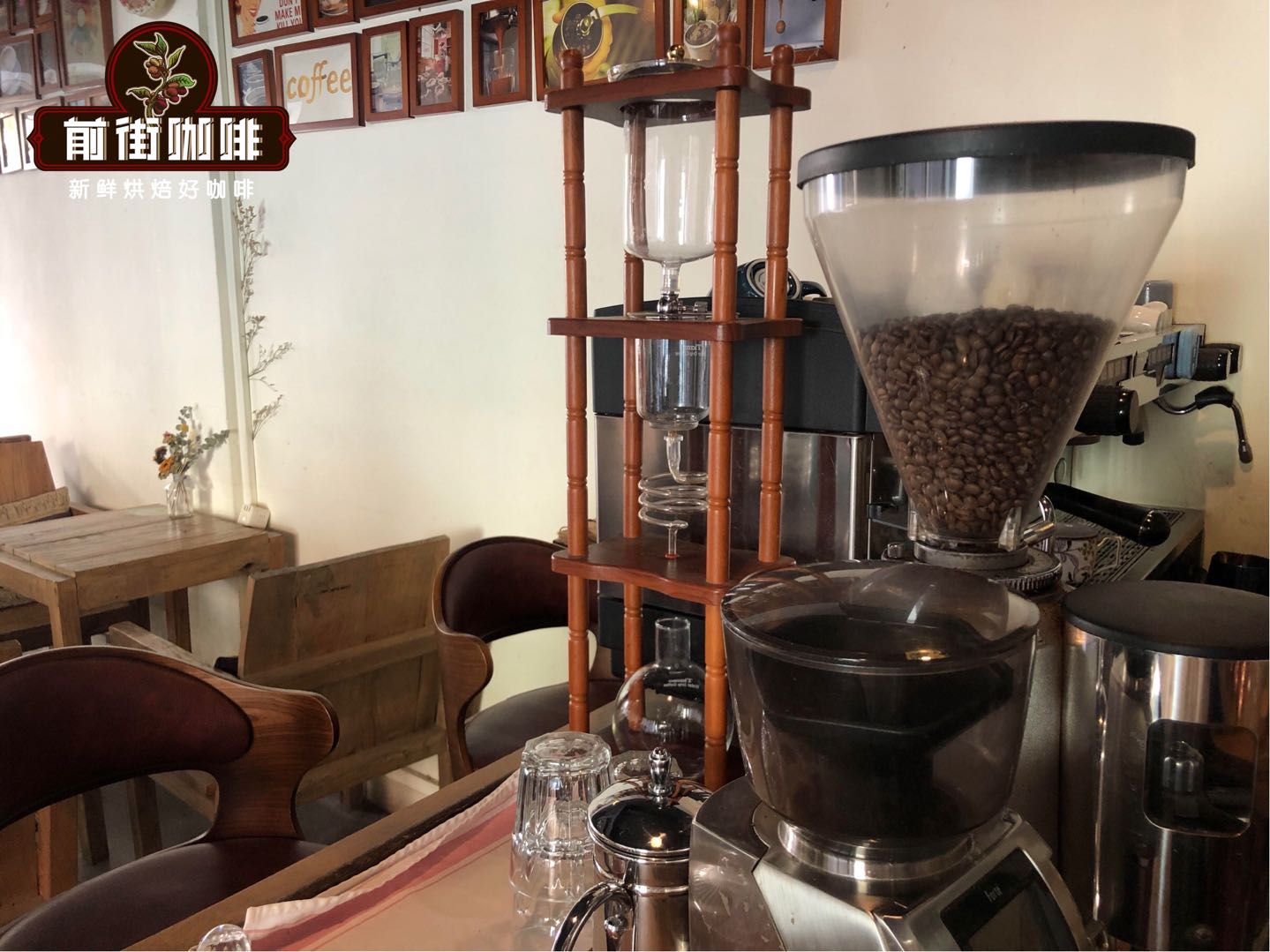
Coffee lovers know that coffee is refreshing mainly because of its caffeine content, but consuming too much caffeine is bad for your health, so Starbucks has launched a decaf coffee. What is decaf coffee? Is decaf healthy? In addition to this article, Qianjie Coffee will take you to discuss one by one.
The origin of decaf coffee
It is said that Goethe, a famous German poet, is also a coffee lover, but he suffers from the pain of being unable to sleep after drinking coffee. The feeling of love but not closeness makes Goethe go to his friend Runge to analyze the composition of coffee beans and find out why coffee interferes with sleep. Around 1820, Longi found out that the factor affecting sleep was caffeine and developed a way to separate coffee beans from caffeine, so Lungi became the ancestor of decaf coffee.
At that time, although Longi found the factors that affect coffee sleep, the technology of extracting caffeine could not produce decaffeinated coffee in large quantities until 1903, when Ludwig Roselius, a German importer of coffee beans, found that as soon as the coffee beans were soaked in sea water, the caffeine content decreased a lot, so he hired a group of chemists to research and develop the technology of extracting caffeine, which made an important breakthrough in the extraction technology. Decaffeinated coffee is just beginning to be mass produced.
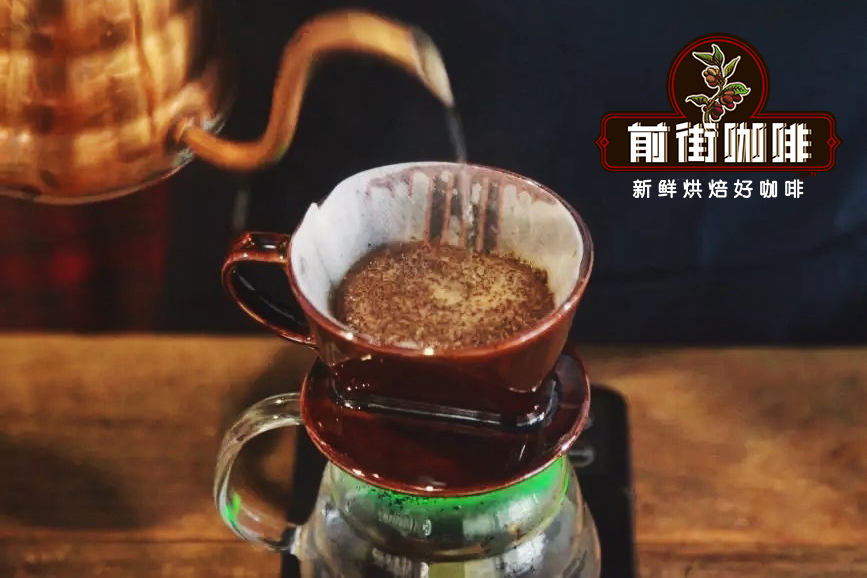
The reason why Starbucks launched decaf coffee is probably to enable coffee lovers to taste delicious coffee without causing sleeplessness and meeting the needs of some guests.
What is decaf?
According to Qianjie Coffee, it is generally known that the caffeine content of coffee beans is measured by weight ratio. Arabica coffee beans have a caffeine content of 0.9% Mel 1.4% (an average of 1.2%), while Robsta has a caffeine content of 1.8% Rue 4% (average 2.2%). Decaf can be divided into natural decaf and artificially treated decaf (decaf). The EU standard for artificially processed decaf coffee is that the caffeine content after treatment does not exceed 0.1 per cent of raw beans, while the FDA standard of the US Food and Drug Administration is less than 3 per cent of the original caffeine content.
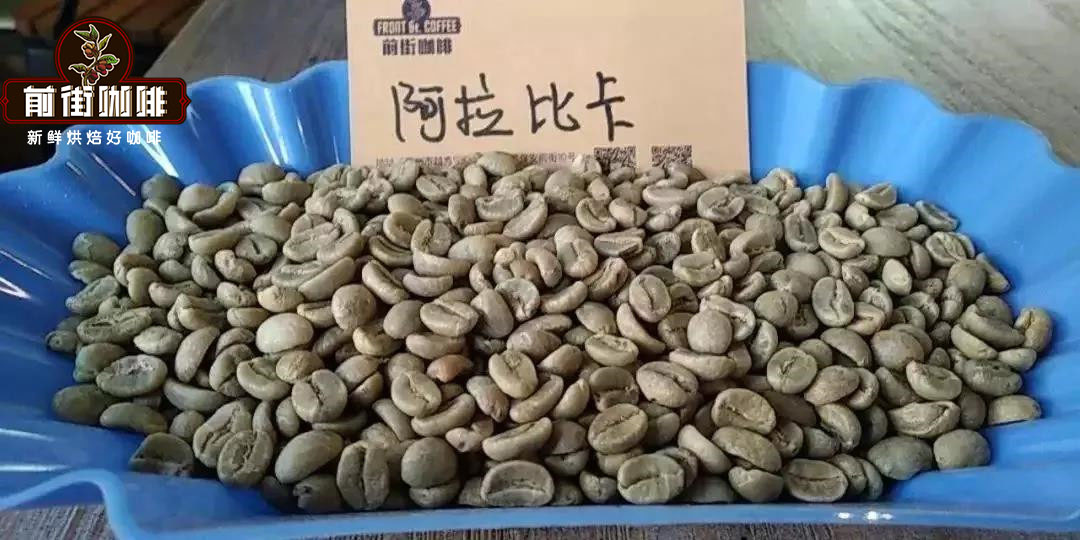
So what is caffeine?
Caffeine is an alkaloid that contains a certain amount of caffeine in natural drinks such as hot cocoa, energy drinks, cola, coffee and tea. Even in nature, most plants contain this substance, and caffeine can excite the central nervous system and temporarily restore some physical strength.
Caffeine is a central nervous system stimulant and a metabolic stimulant. Caffeine is used as both a drink and a medicine. its function is to refresh and relieve fatigue. The exact dose of caffeine that everyone needs to produce an effect varies, depending on body size and caffeine tolerance.
Caffeine can begin to work in the body in less than an hour, and the effect disappears in three to four hours for a mild dose of caffeine intake. Caffeine consumption does not reduce the amount of sleep required, it can only temporarily reduce the feeling of sleepiness. Because of these effects, caffeine is a functional enhancer: improve the anti-fatigue ability of the brain and body.
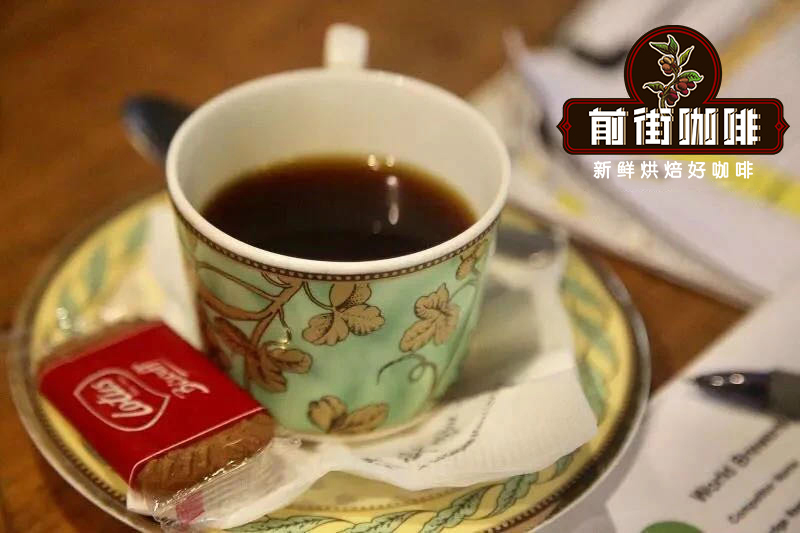
So as long as you do not drink a lot of coffee, coffee will not cause harm to the human body. For example, there is also a low-caffeinated coffee bean from the Colombian coffee producing area in the front street coffee shop. Next, let's introduce it to you.
Front Street Coffee Coffee Columbia Cymbidium decaf beans
Producing area: Cymbidium Colombians
Altitude: 1750 m
Variety: iron pickup, Kaddura, Castillo
Treatment method: Swiss washing treatment
Grade: Supremo
Is Colombian caffeine good?
Qianjie Coffee, a Colombian low-caffeinated coffee bean, is produced in Huilan, the most famous and highest coffee producing area in Colombia. The coffee beans produced here belong to the selected alpine coffee beans of the Colombian state company, which is known as the national treasure of Colombia.
Therefore, this bass coffee bean from Huilan is destined to have a good flavor. After all, the flavor of a coffee bean also depends on its producing area, variety and treatment, and even coffee beans produced in the same area also need to be re-graded. So as long as the high-quality coffee beans have been screened layer by layer, how bad will the flavor be? assuming that the taste is not good, it must be the coffee bean itself that is not good. It's not to blame that the whole coffee category is bad. If you drink something bad, you must not drink it right.
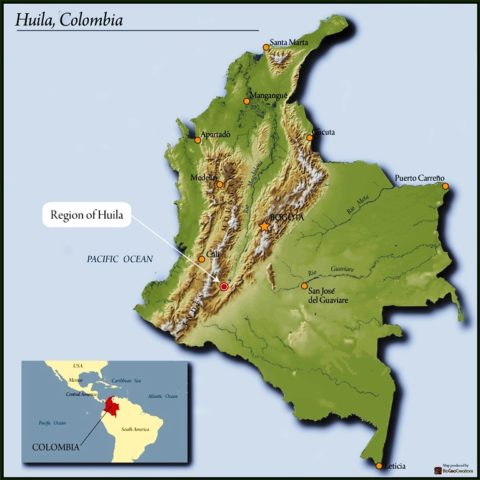
And Qianjie Coffee thinks that the bad taste of low-reason coffee is not caused by the treatment. Because most decaf coffee in the raw materials to choose some cheap, commercial grade coffee beans. Modern decaffeinated technology is quite complex, and in most cases, companies that produce decaffeinated coffee will naturally prefer some varieties of coffee beans with high caffeine content (such as robusta beans) when choosing raw materials. Coffee beans have been untasty before decaffeinated beans. Like other coffee beans sold in coffee shops, low-caffeinated coffee can perform very well even after decaffeination if it starts with high-quality Arabica beans from the beginning of raw beans.
So how does decaf get caffeine?
For example, Qianjie Coffee, a bass coffee bean, uses the Swiss washing method to extract caffeine, which reduces the caffeine content of the coffee beans, followed by indirect solvent treatment, supercritical carbon dioxide treatment and mountain spring water treatment. however, the most common and longest use is Swiss washing treatment and indirect solvent treatment.
Swiss water treatment method
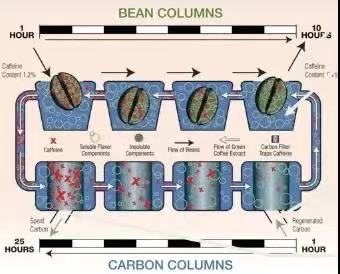
Qianjie Coffee learned that the process of this treatment is to soak the raw coffee beans in hot water, and the soaking stage has actually partially removed caffeine. The soaked solution is then filtered with activated carbon and finally poured back into the coffee beans. This series of steps will remove caffeine more effectively. In addition to not requiring the use of chemical solvents, the soaked solution can also be reused in different batches of treatment procedures. The only drawback is that the coffee will lose its flavor in the process of filtration.
However, the caffeine removal rate of this method can reach 99.9%, which is also the highest method of caffeine removal. Although the Swiss water treatment method will lose some coffee flavor, it is easy to operate and efficient because of its low cost. So the low-caffeine coffee beans we see now are mainly treated with Swiss water.
Direct solvent treatment
The rule of direct solvent treatment is to use chemical solutions such as dichloromethane and ethyl acetate to dissolve caffeine. First of all, steam is used to open the stomata of the raw coffee beans, and the dichloromethane solvent is directly added to the coffee beans. After the solvent and caffeine are fused, the caffeine-filled solvents are washed out, and the coffee beans are boiled again to remove all residual solvents.
Since the advent of this low-cause treatment, many people will think that long-term exposure to dichloromethane will increase the risk of cancer. So Qianjie Coffee found that the boiling point of dichloromethane is 39.8 °C, whether it is steam or baking temperature, which is enough to make dichloromethane evaporate completely. Therefore, we do not need to worry about the problem of causing cancer.
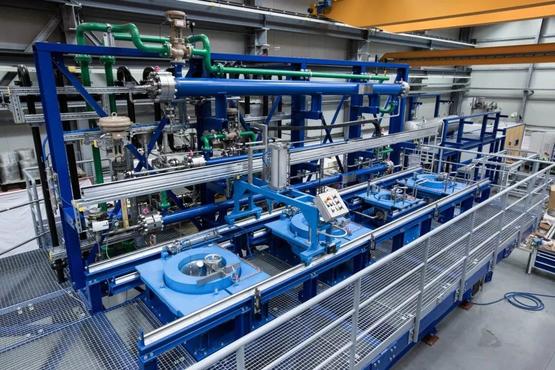
The above is the relevant information about decaf organized by Qianjie Coffee. Does decaf have any disadvantages? the above description does not seem to mention the disadvantages of decaf. Of course, the answer is yes. Then Qianjie Coffee will talk about the advantages and disadvantages of decaf, so that coffee lovers can have a more intuitive understanding of decaf. Advantages and disadvantages of decaf coffee
Caffeine is actually the largest source of antioxidants in Western diets; decaf coffee usually contains antioxidants in similar amounts to regular coffee, but they can be as low as 15%. This difference is probably due to a small loss of antioxidants in the decaffeinated process. So now more and more people choose decaf coffee because it not only has the effect of antioxidation, but also does not affect sleep.
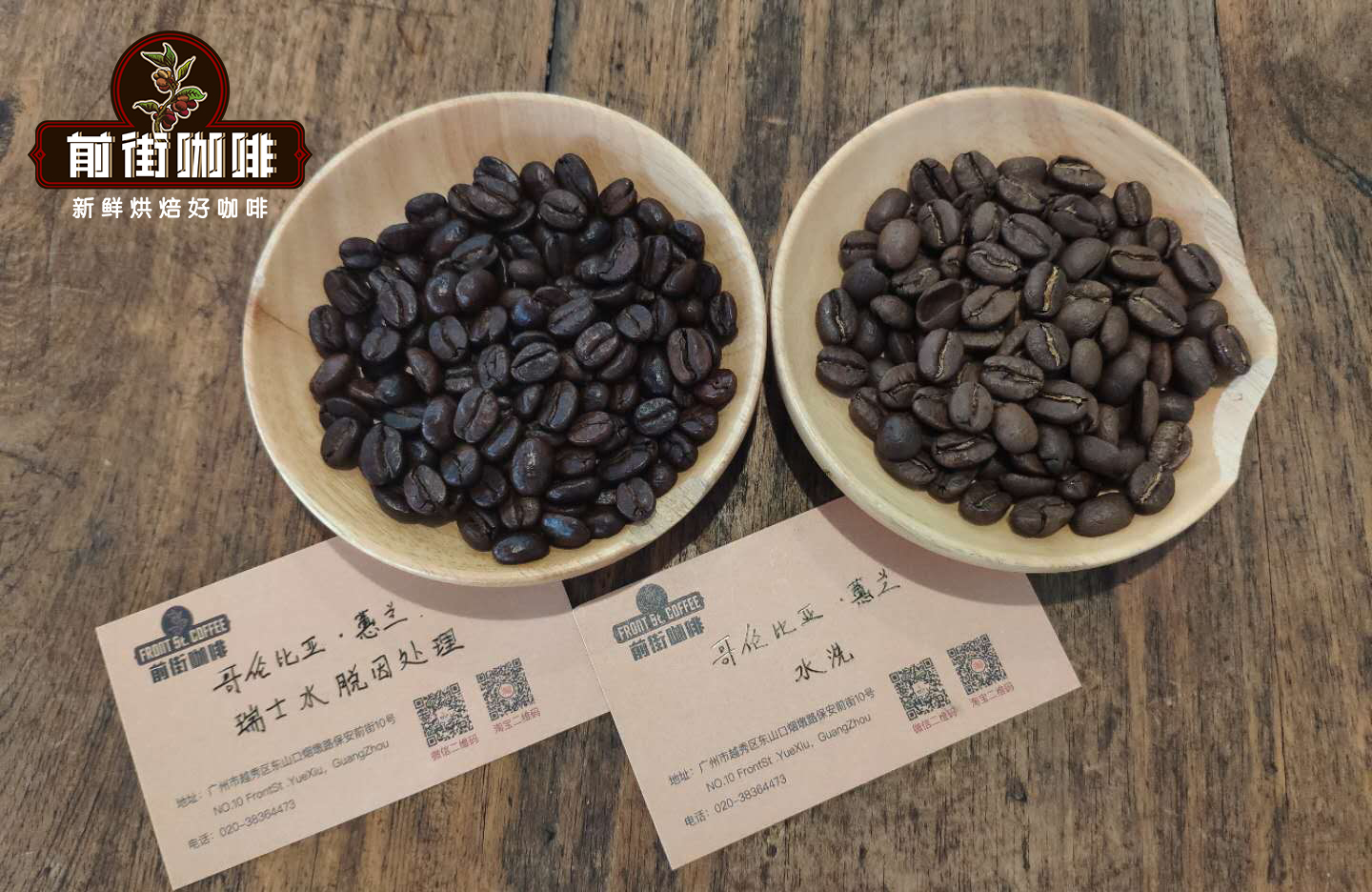
The difference between regular coffee and decaf coffee is that the main antioxidants in caffeine are hydrogenated cinnamic acid and polyphenols. Antioxidants are very effective in neutralizing active compounds called free radicals. This can reduce oxidative damage and may help prevent diseases such as heart disease, cancer and type 2 diabetes.
In addition to antioxidants, decaffeinated coffee also contains small amounts of nutrients. A cup of decaffeinated coffee provides 2.4% of the recommended daily intake of magnesium, 4.8% of potassium and 2.5% of niacin, or vitamin B3. This may not seem like a lot of nutrients, but if you drink 2-3 cups (or more) of coffee a day, these amounts will increase quickly.
To sum up, decaf coffee has many advantages, and the only disadvantage may be that it is slightly lighter in flavor, which is not as good as ordinary coffee, but if the beans are good, the flavor will not be too bad.
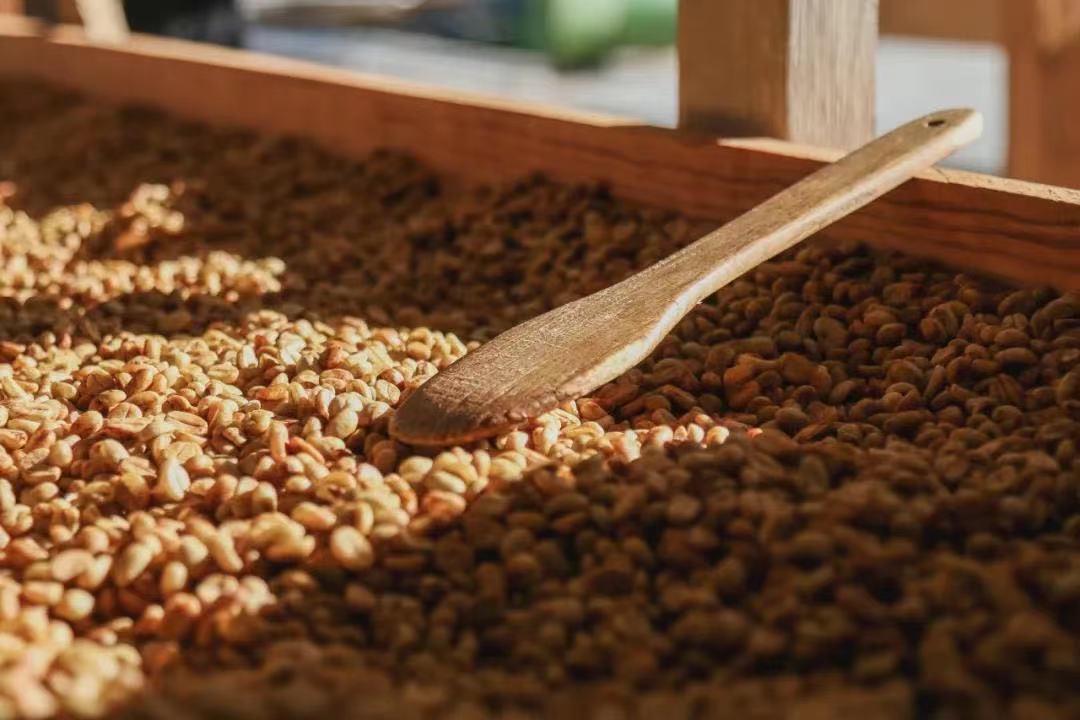
The above is a description of the advantages and disadvantages of decaf coffee, and Qianjie Coffee carries out a large number of brewing cup tests on each new coffee bean on the shelf to ensure that the beans are in the best condition. Then Qianjie Coffee will share the brewing data and flavor description of this Colombian Huilan decaf bean.
How to brew decaf beans in front street coffee? Qianjie recommends using freshly roasted coffee beans for brewing, so that you can maximize the rich flavor of the coffee. The coffee beans shipped in Qianjie are all roasted within 5 days, because Qianjie is well aware that the freshness of coffee beans has a great impact on the flavor. The purpose of Qianjie roasting is "freshly roasted coffee", so that every guest who places an order is the freshest coffee when he receives it. The bean cultivation period of coffee is about 4-7 days, so when the guest gets it, it is the time when the flavor is the best.
After the caffeine of low-caffeine coffee beans is released by soaking, the fiber structure of low-caffeine coffee beans is different from that of ordinary coffee beans, and the strong water absorption slows down the extraction speed, so the cooking parameters need to be adjusted.

Filter cup: Kono filter cup
Water temperature: 88.8 ℃
Powder content: 15g
Powder / water ratio: 1:15
Degree of grinding: rough grinding (Chinese standard No. 20 screen pass rate 70%)
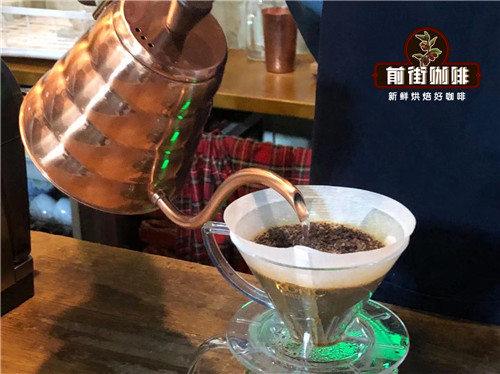
Step-by-step brewing on the front street: pour in the coffee powder and steam for 30 seconds with twice the amount of water (30ml). Then carry out the second stage of water injection, gently circle and inject 150ml hot water to push up the powder layer so that the surface rushes out of the gold foam surface. When the water level of the powder layer drops slightly, the last section of 45ml is injected. After all the coffee liquid flows into the pot, remove the filter cup and end the extraction. The extraction time is 2 minutes and 10 seconds.
Colombian decaf coffee beans are flavored with dark chocolate, caramel, nuts and mellow taste.
Professional coffee knowledge exchange more coffee bean information please follow the coffee workshop (Wechat official account cafe_style)
For more boutique coffee beans, please add private Qianjie coffee on Wechat. WeChat account: kaixinguoguo0925
Important Notice :
前街咖啡 FrontStreet Coffee has moved to new addredd:
FrontStreet Coffee Address: 315,Donghua East Road,GuangZhou
Tel:020 38364473
- Prev

Sharp Bourbon / Wild Natural decaf Story: the difference between artificial decaf and Natural decaf
Professional barista communication please follow the coffee workshop (Wechat official account cafe_style) which kind of coffee has the lowest caffeine content? The answer is: pointed bourbon / wild natural decaffeinated coffee pointed bourbon / wild natural semi-decaf Bourbon Pointu coffee bean king: pointed bourbon Bourbon Pointu, one of the world's rare boutique coffee beans, small and expensive, but delicate texture
- Next
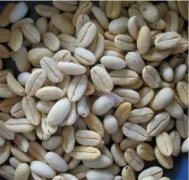
What is Starbucks decaf? Natural decaffeinated pointed bourbon coffee is the best!
Professional baristas exchange please follow the coffee workshop (Wechat official account cafe_style) Nicaragua secret manor natural decaffeinated Laurina seed honey treatment Lot 1802 Nicaragua La Escondida Laurina Pulped Natural 1802 brief description 2017 Nicaragua secret manor natural low caffeine pointed bourbon seed arrival! Pointed bourbon original text Laur
Related
- Beginners will see the "Coffee pull flower" guide!
- What is the difference between ice blog purified milk and ordinary milk coffee?
- Why is the Philippines the largest producer of crops in Liberia?
- For coffee extraction, should the fine powder be retained?
- How does extracted espresso fill pressed powder? How much strength does it take to press the powder?
- How to make jasmine cold extract coffee? Is the jasmine + latte good?
- Will this little toy really make the coffee taste better? How does Lily Drip affect coffee extraction?
- Will the action of slapping the filter cup also affect coffee extraction?
- What's the difference between powder-to-water ratio and powder-to-liquid ratio?
- What is the Ethiopian local species? What does it have to do with Heirloom native species?

